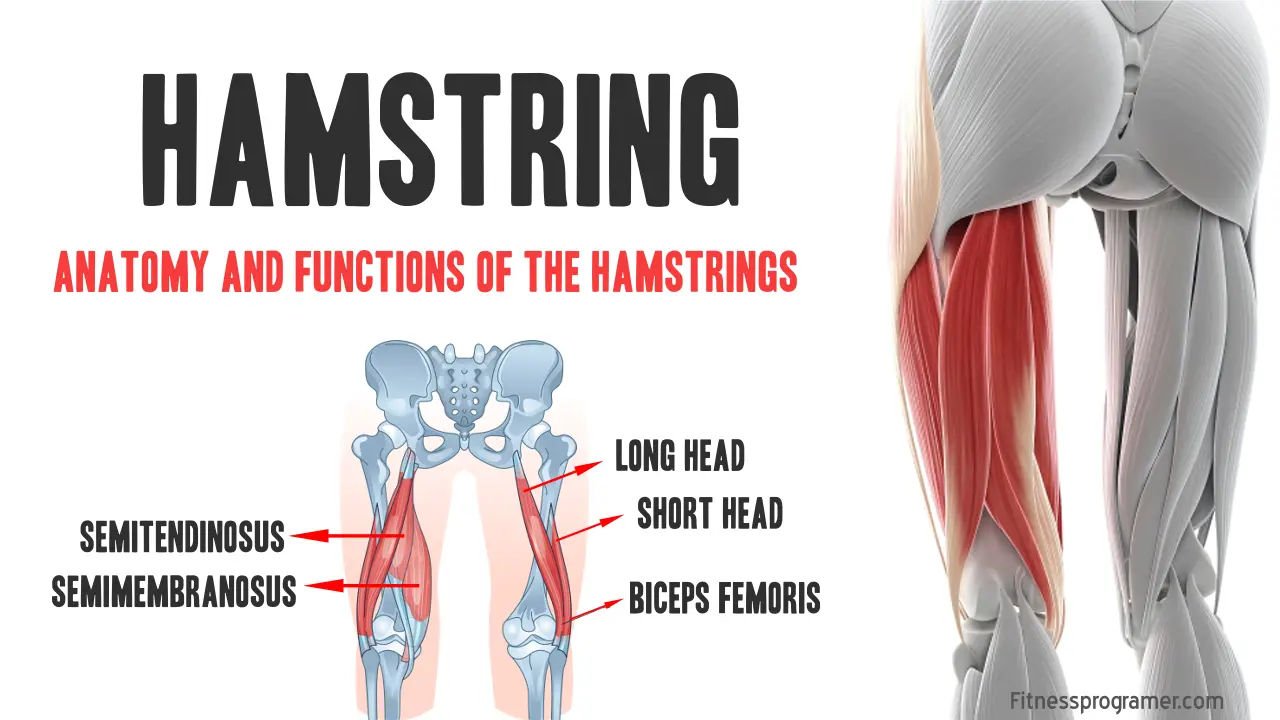It yeast The three large muscles of muscles contained in is the back of the number. They sold both hips and knee jointsa life-role lower body movementwalking, run, rotate and stabilize the pelvis. This article ensures a training strategy for the anatomy of the hamsstring group, improvement of biomechanics, common injuries and performance and minimizing risk.
Three muscles muscles
The part-time team is:
- BICPS Femoris (a long and short head)
- Semittinosinosis
- Semmambritsos
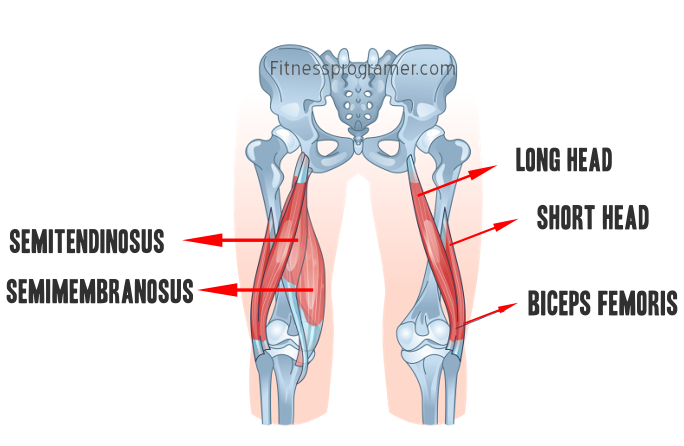
These muscles come from it Lamp terramera Place the knee below the pelvic cavity (with the shorter of the female femmis) and the knee or fibul. They BriarCocular musclesSo they cross the hips and knee joints.
1. BICPS Femoris
- Long head: Iqiminik Tajartive (Television)
- Short-headed: The rough lines of the number
- Add: The head of the fibula
- Function:
- The flexion of the knee
- The lateral rotation of the feet when the knee is flexible
- Hip enhancement (long head)
2. Semiticynousosusus
- Origin: Iqiminik Tajartive (Television)
- Add: Proximal Tibia Medial surface (part of PES ANSERINUS)
- Function:
- The flexion of the knee
- Medial rotation of the leg when the knee is flexible
- Hip enhancement
3. SembersusUsUSUSUU
- Origin: Iqiminik Tajartive (Television)
- Add: The back surface of medial tibial candy
- Function:
- The flexion of the knee
- Medial cycle of foot
- Hip enhancement
Functions of the muscle group
Hamzans serve several important functions in locomotek and stability:
- Hip enhancement: Sprinting, jumping, and important to sit.
- The flexion of the knee: Required to run, turn and slow down.
- Posterior Poor: Helps to stabilize the pelvis.
- Eccentric control: During operation, especially in the evening period, the western prevention is declining striker medicine.
How to exercise vibration effectively
Balanced order program also includes:
- Hip-dominant exercise (Night Extension)
- Knee dominant exercise (Targeting the knee flex
High combination exercise:
These are the vibrations and other back chain muscles.
Best isolation exercises:
The insulation exercise is very suitable for the correction of muscle growth and imbalance.
Voice and intensive instructions
- Frequency: 2-3x per week
- Steering wheel:
- Hypertrophy: 8-12 reps
- Power: 3-6 reps
- Razine Level: 12-20 REPS
- Collections: 3-5 for exercise 3-5
- Recreation: 60-120 seconds depending on the purpose
Training consultations
- An eccentric emphasis: Inserting exercises focused on the extension stage to increase the sustainability of muscle.
- Shining: Ensuring that the agreements support the hip supply efforts.
- Unilateral: Includes one-legged exercise to eliminate the IOBALS and improve stability.
- Form and technician: Primpling the correct form to increase the risk of increasing efficiency and injury.
Muscles activation issues
Exercise such as Tokhtaks shake, Northern tombrows creams and Cancelance of Romanian found to activate a high-level hamtring. The efforts of eccentric phases and controlled eccentric phases can lead to and for hypertrophy.
Cashful and Athletic performance
Hard screams are integrated into different sports activities:
- Sparing: Expanding a strong ship and bending the knee.
- Jump: Contribute to the blast off and controlled landing.
- The route changes: Awaiting and helping quickly.
- Lifting: By stabilizing the last chain by stabilizing the back chain and supporting actions such as sacs.
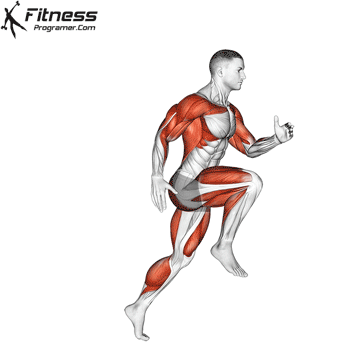
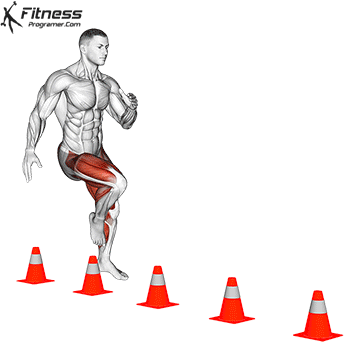
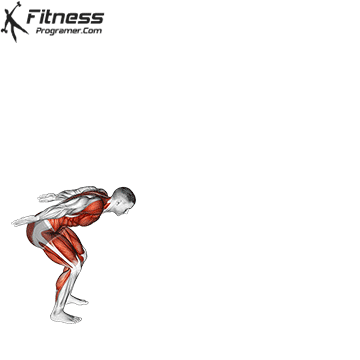
The usual bleeding injury
The wounds of the hamstring are among the most common in sports. It is necessary to understand the types, reasons and risk factors.
1
- Valuation:
- I Navi: Lighter
- Class II: A monster partially
- III class: Full cracking
- Reasons: Sudden acceleration or slowing, not enough, bad flexibility, muscular imumentality.
2. TENDINOPPY
- Proximal Unsting Torinopati (PHH) It is common in runners and athletes who are seated or sitting for a long time or recurrent hips that are flexible.
3. Avultibility injury
- When a tendon leaves the bone, sometimes taking the bone with him. The most common in teenagers and athletes with high strong loads.
Risk factors
- Damage of previous tear
- Poor eccentric force
- Fatigue and the heaviest
- Muscular imbalances (eg Quality dominance)
- Incorrect biomechanics
Prevention Tips:
- Progressive overload: Increase learning intensity gradually to allow adaptation.
- Dynamic heating: Preparation of muscles by stretching on the basis of action.
- Adaptation exercisesIncludes static and dynamic stretch to maintain the flexibility of the muscles.
- Strong exercise: Focus on concentric and eccentric actions to build evil.
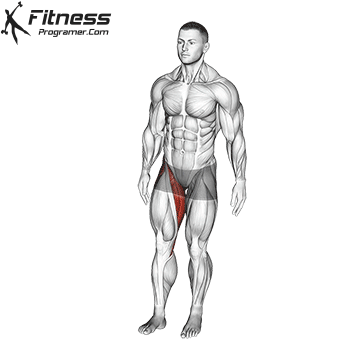
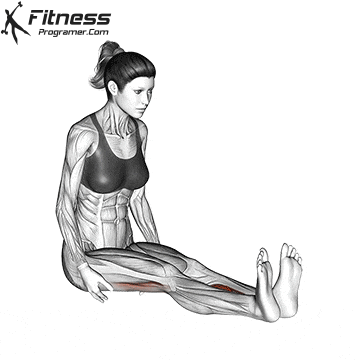
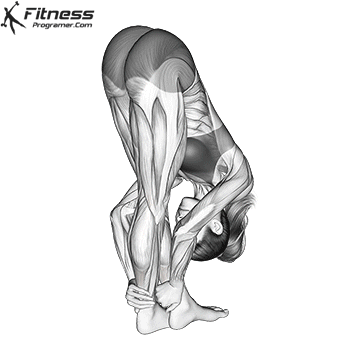
When to search for medical care
If you experience an experiment, look for professional evaluation:
- Sudden sharp pain on the back of the number
- Swelling, grossing or unable to walk
- Chronic inclination near a dead bone
- Despite relevant activities, repeated states
Key TakeaWewEwewe: Why the uncertainty
- The pessels play an important role in home-based work, stability and athletics.
- Balanced exercises containing strong and flexible components are very important.
- Prophylactic measures, including proper warming and advanced training can reduce the risk of injury.
- Understanding anatomy and understanding of actions can notify effective training and rehabilitation strategies.
Literature
- Moore Clock, Dalley AF, ACR. Anatomy of clinically focused anatomy. ED ED. Lippicott Williams and Wilkins; 2017.
- OPAR, Williams MD, Shield AJ. Damage of numstructure strain: Factors that cause injury and recovery. Sport Med. 2012; 42 (3): 209-226.
- Bourn Mn, and others. The impact of eccentric exercises to architecture. BR J Sport Med. 2017; 51 (5): 369-377.
- American Orthopedia Surgeon Academy. Numbership injury guidelines
- McCal A and others. Risk factors, interactions in professional football are injuries and prevention. BR J Sport Med. 2014; 48 (2): 135-136.
- Exercises during the strengthening of the BICPS Femors: Systematic review
- Van Dyk, N., Beg, FP, Woreley, R. (2014). In particular, exercise of registration of injuries reduces the rate of organtridge injury: regular consideration and meta-analysis with 8459 athletes. British sports magazine, 53 (21), 1362-1370. https://do.org/10.1136/bjsports-20185

